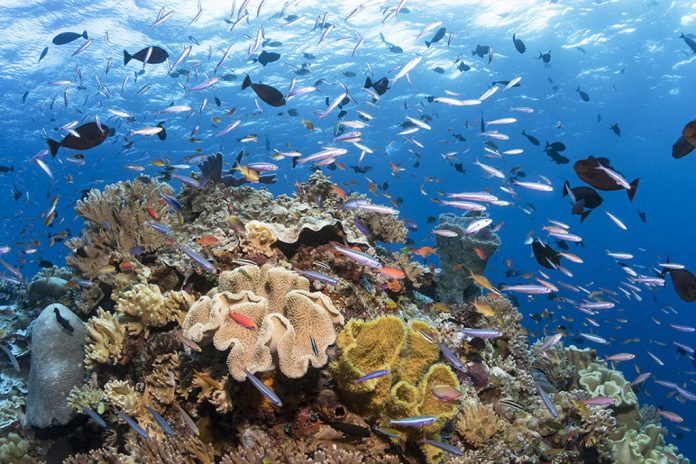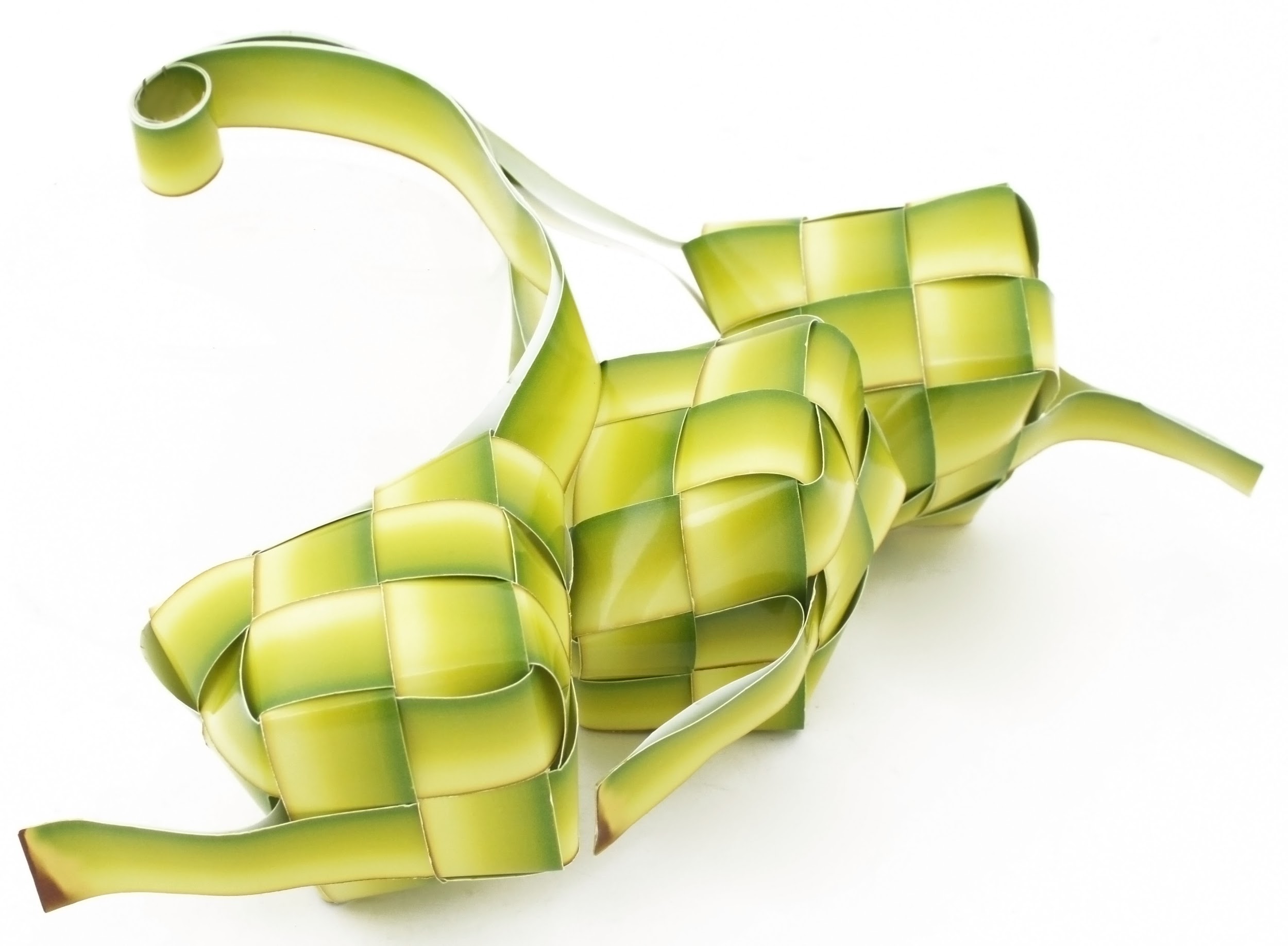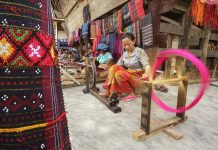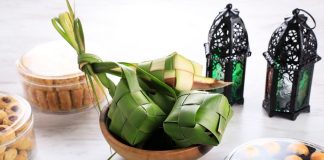The Wakatobi Islands in Southeast Sulawesi, Indonesia are a treasure trove of outstanding coral and the amazing biodiversity. What’s even better, is that these islands are off the beaten track and offer a quiet reprieve to enjoy diving and beaches without the crowds.
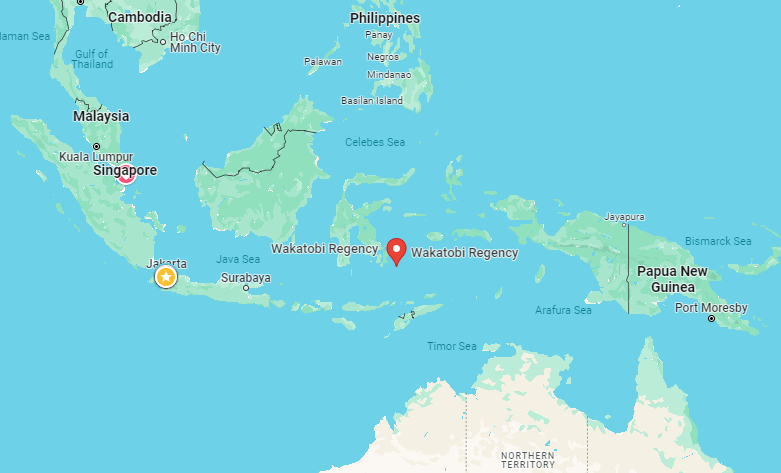
Wakatobi has become the third-largest marine national park in Indonesia (established in 2002) and comprises 1.4 million hectares of marine biodiversity which encompasses the reefs around the islands, the mangrove forest, the lowland and coastal forest and the rainforest. The islands are picture perfect with white sand, palm-fringed beaches, tropical clear waters and beautifully diverse flora and fauna. Located in the Asia-Pacific World Coral Triangle, this park is listed as a tentative World Heritage Site in 2005 and included in the World Network of Biosphere Reserves in 2012.
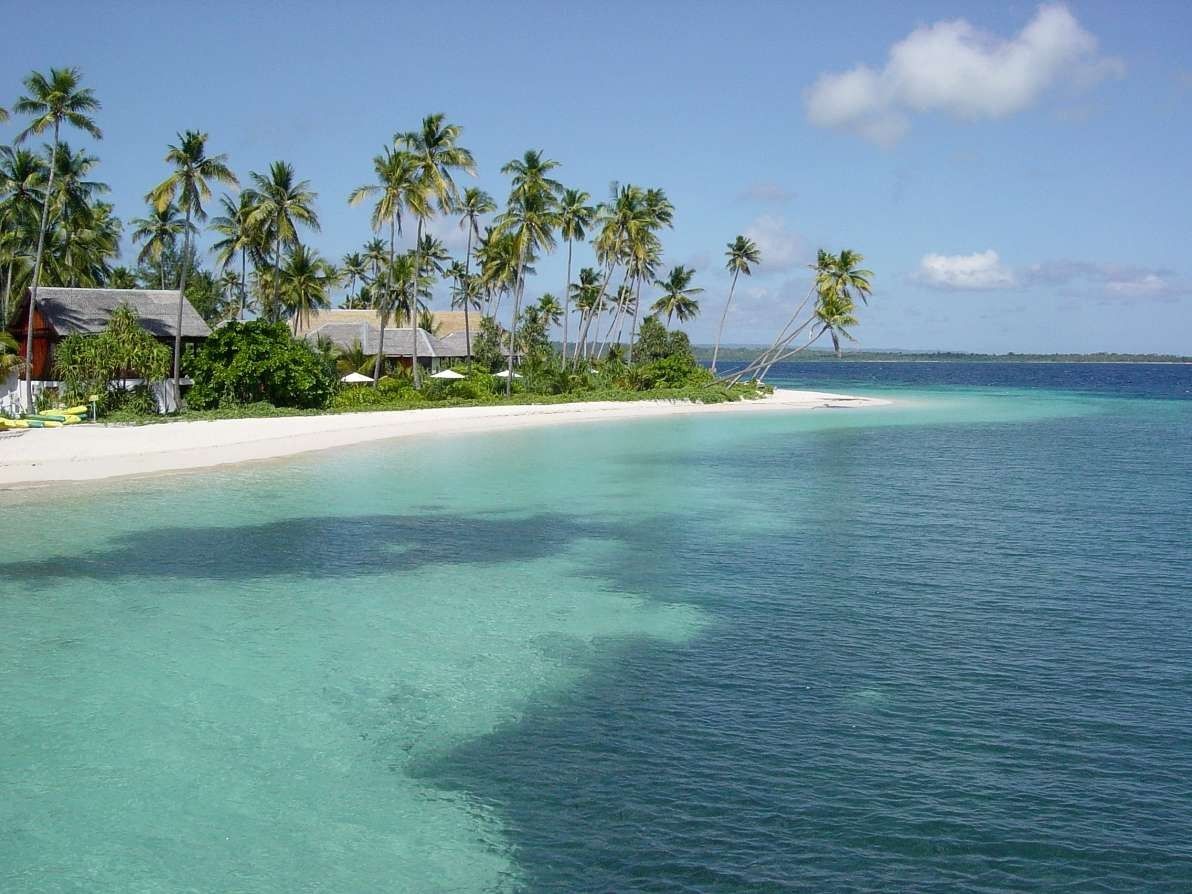
Wakatobi is an acronym for the islands of the Tukangbesi Archipelago, the four main islands being WA-ngi- Wangi, KAledupa, TOmia and BInongko. The islands form a north to south chain to the southeast of the main island of Sulawesi. To the northeast, they are bordered by the Banda Sea and the Flores Sea to the southwest. A staggering 942 fish species and 750 coral reef species, included sightings of moray eels, dolphins, manta rays and sea turtles live permanently in clear seas almost all over Wakatobi. With mild currents, the islands are a great place for beginner divers, as they offer so much untouched underwater scenes, which is perfect for every diver! With this protected national park comes healthy marine life and every dive contributes towards the local community.
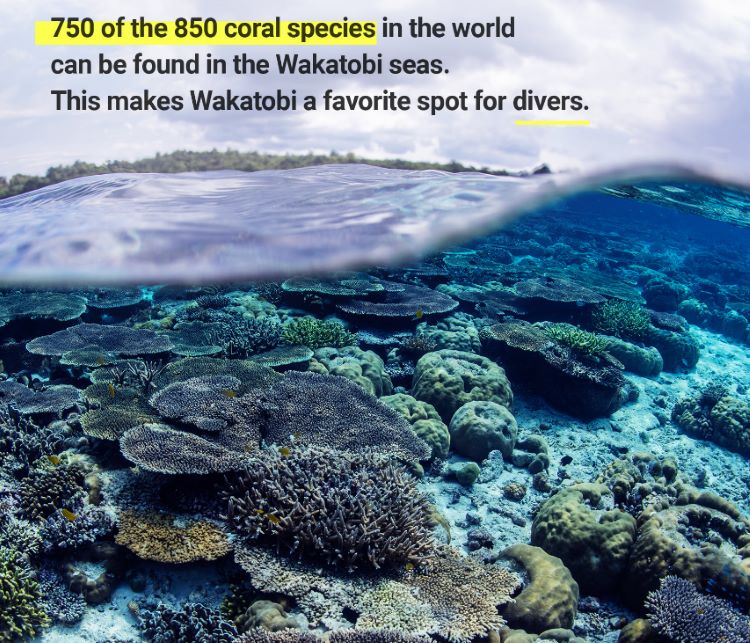
There are two main diving destinations in Wakatobi. The first (and most pristine) is around Tomia Island, including the islands of Onemobaa, Sawa and Lintea. The second is around Wangi Wangi Island, including the islands of Kaledupa and Hoga. Scuba diving Wakatobi National Park can be explored from a dive resort or a liveaboard. There are a few Wakatobi dive resorts available and plenty of liveaboard choices, which is why most divers choose to dive Wakatobi by liveaboard. As a remote area, a dive liveaboard will also give you the chance to see more of the region.
Wakatobi Diving Seasons
In Wakatobi you can enjoy diving 365 days a year. There is no period or season unsuitable for diving, as the climate is drier than in other parts of Indonesia, and the location is nicely protected by the surrounding reefs and islands. March-May and September-November are the peak season months for Wakatobi scuba diving.
Annual water temperatures average 28 – 30 degrees Celsius (82 – 86 degrees Fahrenheit) with a cooler period from July to September when temperatures can drop to 26 degrees Celsius (79 degrees Fahrenheit), ensuring coral health and no bleaching effects. The wet season runs from December to February with annual rainfall less than in other parts of Indonesia. As there are no rivers washing out, visibility remains consistently good, averaging around 30 meters (100 feet) year-round.
Wakatobi Diving Conditions
Wakatobi has generally mild currents, good visibility and most sites can be dived at any depth. Reefs are a mixture of fringing reefs, barrier reefs and atolls with some excellent shore diving opportunities in addition to boat dives going further afield.
Wakatobi has sites suitable for all levels. Currents generally range from nothing to medium strength, but some pinnacle sites have stronger currents. There are numerous deep opportunities, too.
The dive sites have high density and variety of small creatures and critters. Several new species have been found around Wakatobi. For macro underwater photography lovers come here from all over the world to get excellent shots opportunities. You can spot pygmy seahorse on a superb Sea Fan, rare, and colorful species of nudibranchs and newly discovered species of the ghost pipefish. This place not really the best spot for big fishes, like whale shark, but you can still spot many blacktip reef sharks, whitetip reef sharks as well as grey sharks on several dive sites. Eagle rays and turtles are common encounters too.
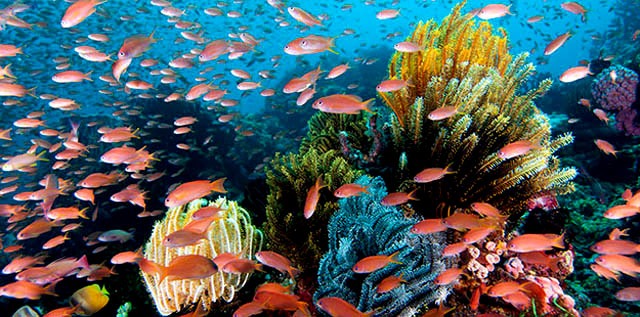 Other Things To Do:
Other Things To Do:
Due to its remote location, diving and snorkeling are the most popular activities in Wakatobi. That being said, resorts offer additional facilities for any non-divers, including spa treatments, relaxing hammocks and extra “pampering” throughout your stay.
Getting There:
The closest airport is on Wangi-Wangi Island (Matahora Airport) which is serviced by flights from Makassar (Hasanuddin International Airport), Sulawesi. This can be reached from either Jakarta or Bali and internationally from Singapore’s Changi Airport.
If you are diving the Wangi Wangi region, it is just a short boat or car ride to your destination. If you are diving around Tomia, there are public boats leaving Wangi Wangi every morning to Tomia Island. Alternatively, it is possible to charter a private boat.

